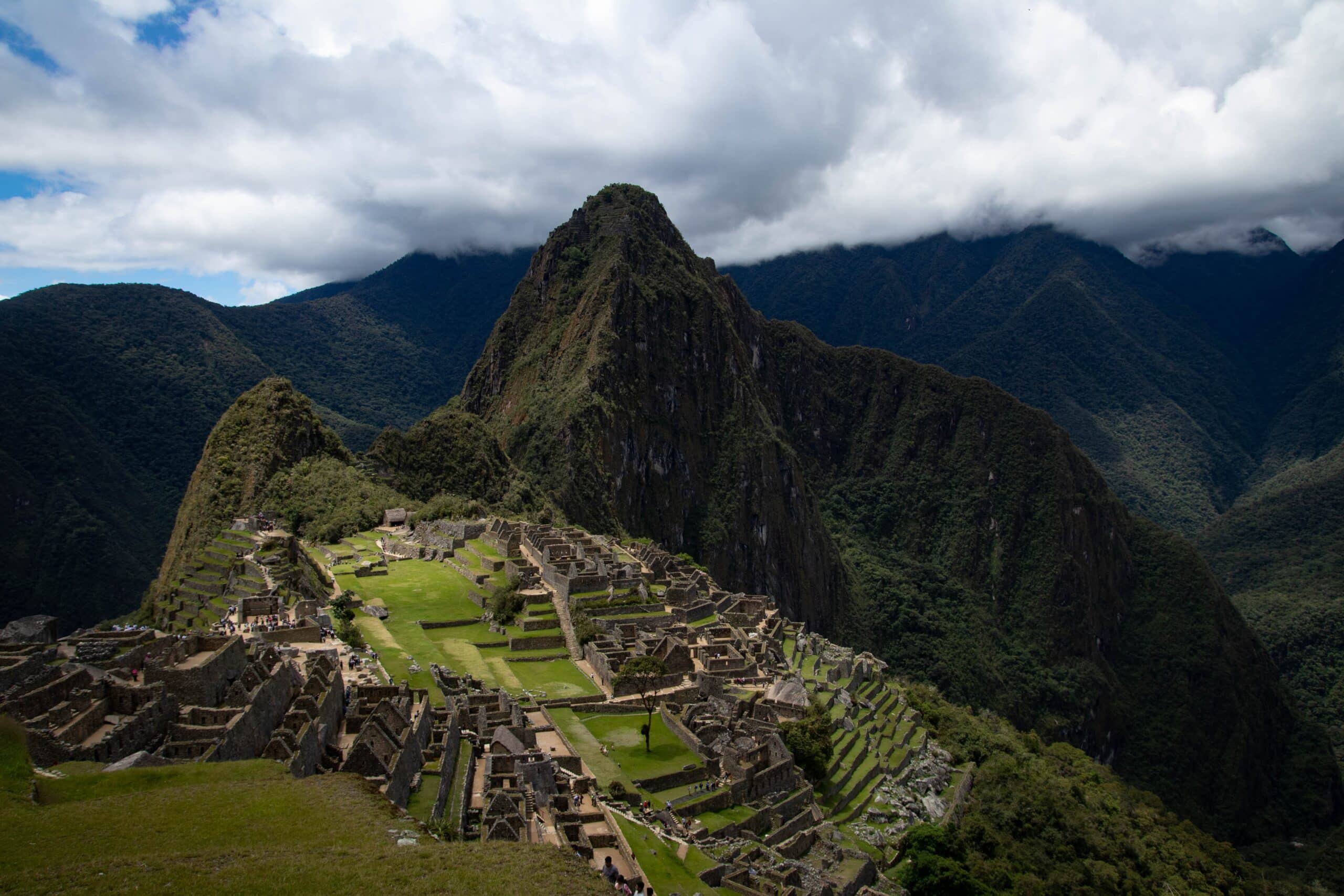Jainism

Contents
- Introduction
- Founder Of Jainism
- Important Figures
- Important Teachings of Jainism
- Denominations of Jainism
- Source

Introduction
Jainism is an ancient Indian religion that is based on the teachings of its 24 spiritual teachers, who are known as Tirthankaras. Established in India around the 6th century BC, Jainism promotes a path of non-violence towards all living beings and emphasizes the importance of spiritual liberation. In many ways, Jainism is similar to Buddhism and Hinduism in that it maintains an active focus on achieving personal salvation from Karma and rebirth; however, it also has some unique tenets not found in either of these religions.
The origin stories of Jainism differ depending upon which tradition or sect one follows; however, they always revolve around one common theme: achieving enlightenment through meditation and self-control.
Founder Of Jainism
The founder of Jainism is believed to be Vardhamana Mahavira, a spiritual teacher who lived in the 6th century B.C.E, though some scholars dispute this claim citing evidence of older practices and beliefs held by those following the Jain religion. What all agree on, however, is that Mahavira was influential in crystallising many of the key principles behind Jainism such as ahimsa (non-violence) and asceticism (renunciation).
Mahavira, who is also known as Vardhamana and was born in 540 BCE in present-day Bihar, India, is the founder of Jainism. He is an important figure within Indian religion, a faith which focuses on nonviolence and asceticism. Mahavira’s teachings are seen as an extension of those of his predecessor Parshva, who lived two centuries before him. Mahavira led the life of an ascetic for twelve years before achieving enlightenment. After this period he began to preach his teachings widely and attracted thousands of followers during his lifetime. Jains believe that Mahavira fully realized the true nature of reality when he achieved Nirvāṇa or “liberation” at the age of 42.
Important Figures
The Actions of the 63 Illustrious Men, which Western academics refer to as the Universal History, is the legendary history that the Jains created. The 24 Tirthankaras, perfected human beings who periodically make appearances to preach and represent the faith, are the most significant people in this history. Some significant historical personalities come from the Hindu tradition, most notably the hero Rama, who is considered a devout, nonviolent Jain, and Krishna, who the Jains consider to be a distant relative of the 22nd Tirthankara, Arishtanemi. The Jains were able to both stay a part of and distinguish themselves from the surrounding Hindu society by integrating yet redefining such significant Hindu characters.
Important Teachings of Jainism
The main teaching of Jainism is ahimsa which means non-violence or non-injury and it states that any form of violence or harm to any living being should be avoided. Jains believe in reincarnation and karma, which teaches that good deeds will eventually lead to liberation from the cycle of rebirths while bad deeds will result in further suffering. They also believe in asceticism and self-discipline, which include fasting and vegetarianism as ways to achieve inner peace. In Jainism, adherents strive to attain spiritual liberation through a disciplined lifestyle and intense meditation. This religion emphasizes non-violence and respect for the environment while pursuing spiritual enlightenment. This concept involves abstaining from causing any harm to living beings, both human and animal alike. As part of its teachings on non-violence, this religion also advocates a vegetarian diet as well as avoiding activities such as hunting and trapping animals. Additionally, Jains also emphasize environmental sustainability through their practice of Aranya or forest conservation.
The Jains believe that time is both eternal and formless. It is viewed as a wheel with 12 spokes, or ages, six of which make an ascending arc and six a descending one (ara). Humans advance in knowledge, age, stature, and happiness along the rising arc (utsarpini), whereas they decline along the descending arc (avasarpini). One Kalpa, or revolution of the wheel of time, is created when the two cycles are combined. Without a beginning or conclusion, these kalpas keep repeating themselves.
The Jain world is both timeless and unborn. Its component constituents, the five bases of reality (astikayas), are soul, matter, space, the principles of motion, and the arrest of motion; for the Digambaras there is a sixth substance, time.
The inhabited universe is divided into five sections by gains. Seven stages of hell, each one darker and more agonising than the one above it, make up the lowest world (adholoka). The enormous array of concentric continents that make up the middle world (Madhya Loka) are divided by seas. Jambudvipa, the continent, is located in the centre. Jambudvipa, the second continent next to it, as well as a portion of the third, is inhabited by people. Yet, Jambudvipa, the sole continent where the soul might reach liberation, is the centre of Jain activity.
Jiva (“soul,” or “vital substance”) and ajiva (“nonsoul,” or “inanimate substance”) are the two halves of Jain reality. An additional division of Ajiva is into nonsentient nonmaterial and nonsentient material elements.
Denominations of Jainism
Jainism has two major denominations, Digambara and Śvētāmbara.
The Digambara tradition believes in nudity as a sign of renunciation of attachment to worldly possessions and desires. Monks who follow this denomination do not wear any clothes and instead meditate in order to reach moksha (enlightenment).
In contrast, the Śvētāmbara tradition follows the teachings of Mahavira by wearing white clothing as a symbol of purity and detachment from worldly desires. This sect also relies heavily on symbols such as monuments and temples but does not believe in idol worship or animal sacrifice like other religions.
Source
Jainism: An Introduction by Jeffery D.Long,2009.


